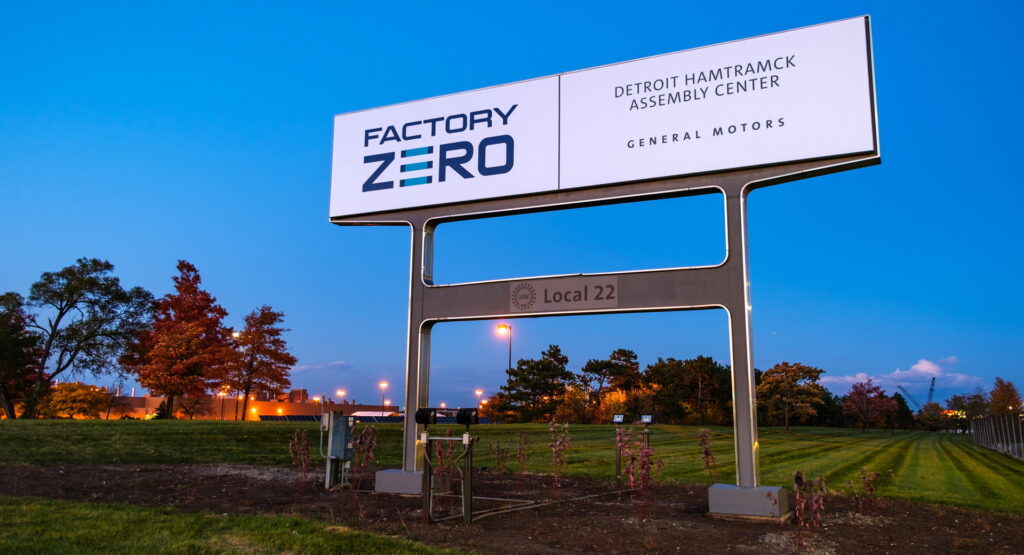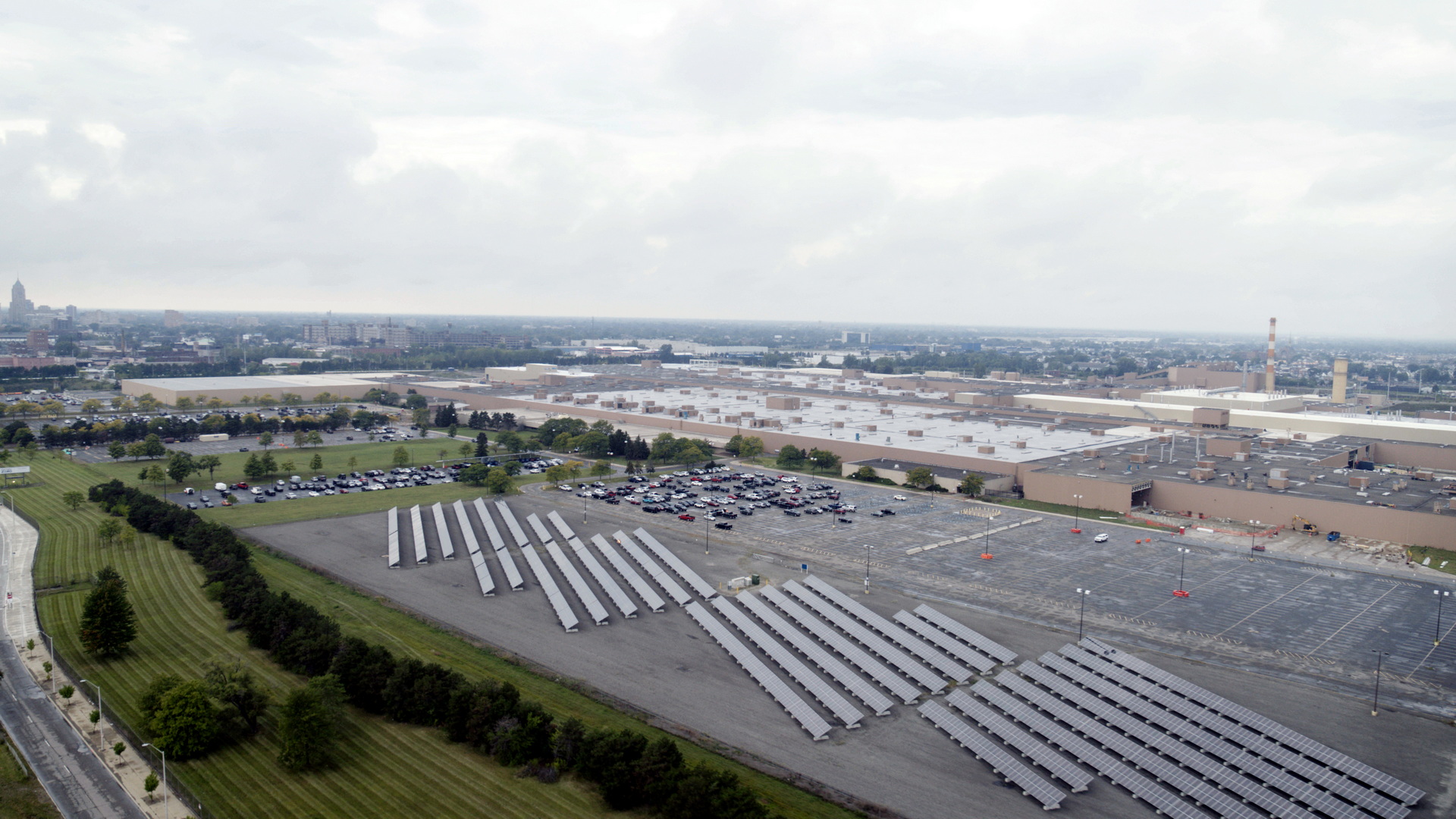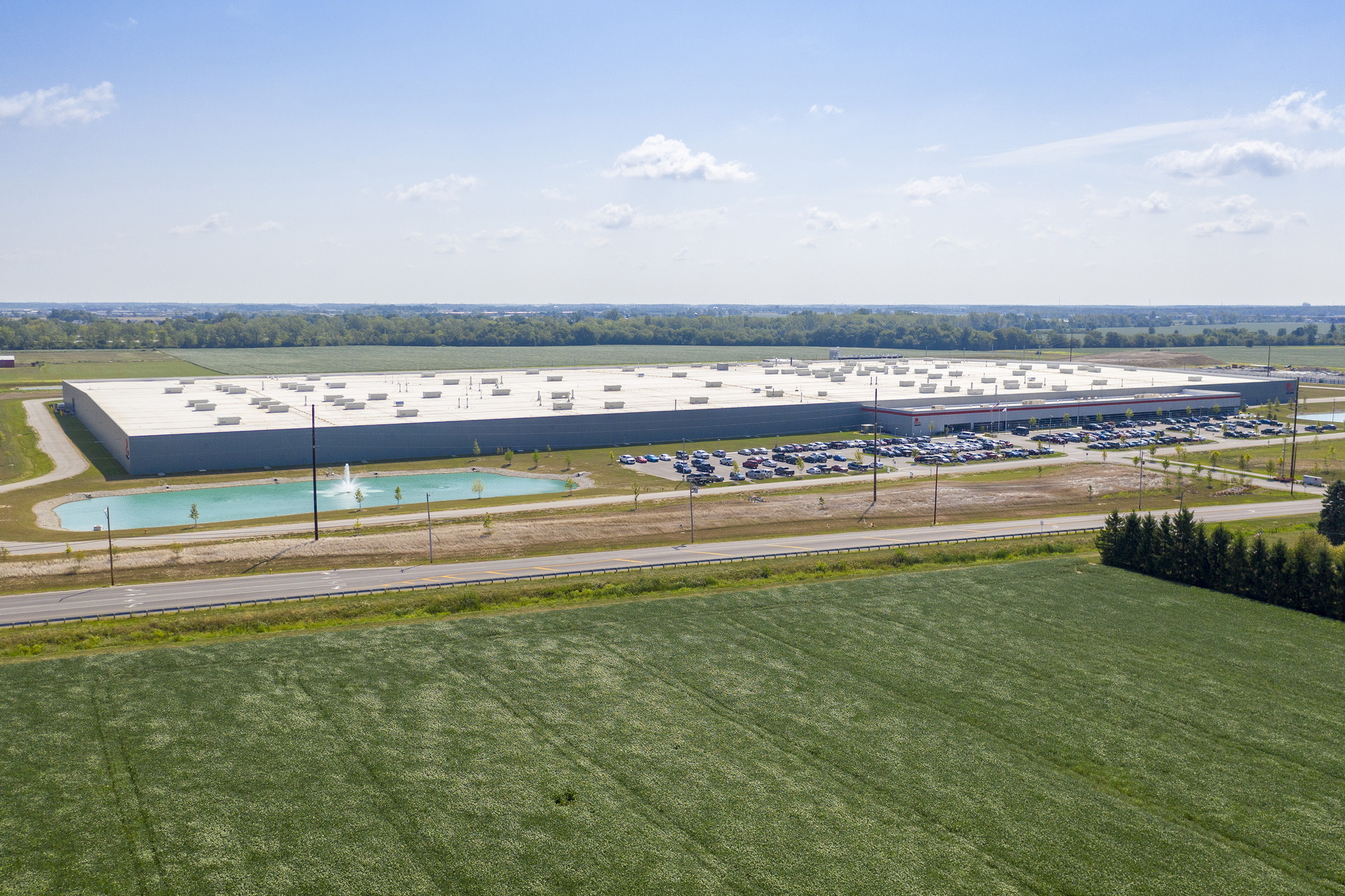General Motors announced today that it will reach its goal of getting all of the energy used at its U.S. facilities from renewable sources by 2025. That’s a full 25 years ahead of the schedule it set for itself in 2016.
Although GM initially set itself the goal of powering all of its plants and offices with renewable energy by 2050, it has since accelerated that plan. As access to green power has increased, the company moved the goal forward. It is still, however, ahead of its accelerated goal by five years.
As a result of finalizing the energy sourcing agreements required to secure 100 percent of the energy needed to power all of its U.S. facilities by 2025, the automaker expects to avoid the production of 1 million metric tons of carbon emissions that would have been emitted between 2025 and 2030. That’s equal to burning 1 billion pounds of coal.
Read: Mercedes Plans To Install 100 MW Wind Farm At Its Papenburg Test Track
In addition to saving emissions, the move has saved it money. General Motors reports that since 2017, its portfolio of green energy suppliers has produced more than $75 million in positive cash flow.
The automaker says that its decarbonization plans rely on four pillars: increasing efficiency, sourcing renewable energy, addressing intermittency (finding ways to store energy for when it is harder to get through the grid), and policy advocacy.
It also became one of the founding member of the Clean Energy Buyers Association in 2019. The organization is the largest group of corporate renewable energy buyers in the U.S. and brings companies together to source cost-effective renewable energy.
“We believe it is critical — to ourselves, to our customers and to the future of the planet — to step up our efforts and reach ambitious targets that move us closer to a more sustainable world,” says Kristen Siemen, GM chief sustainability officer. “Securing the renewable energy we need to achieve our goal demonstrates tangible progress in reducing our emissions in all aspects of our business, ultimately moving us closer to our vision of a future with zero emissions.”






